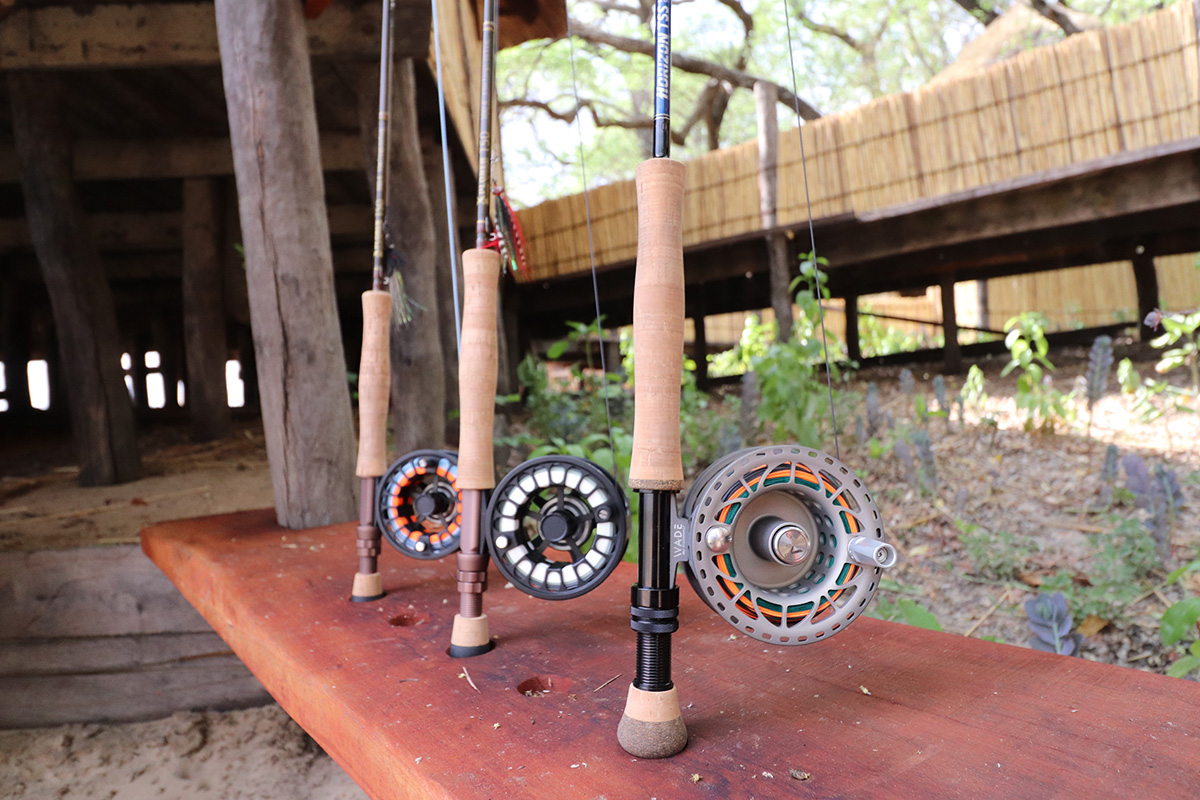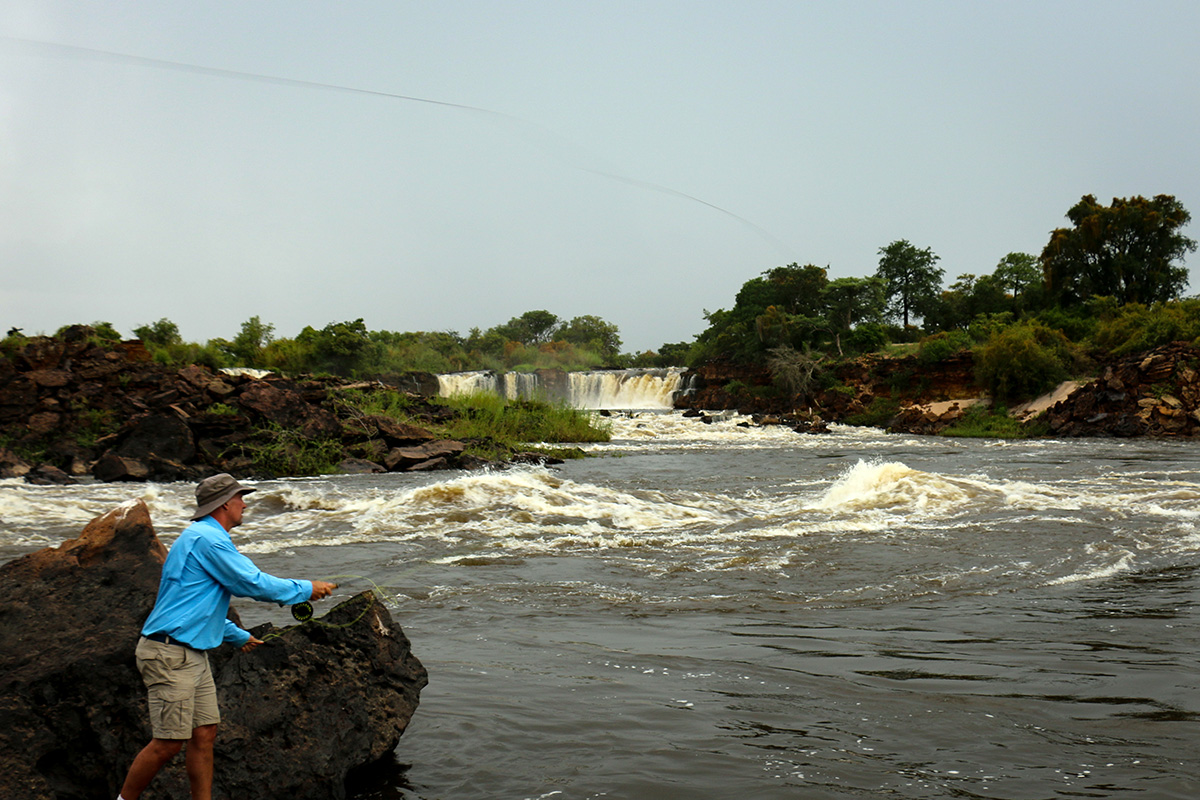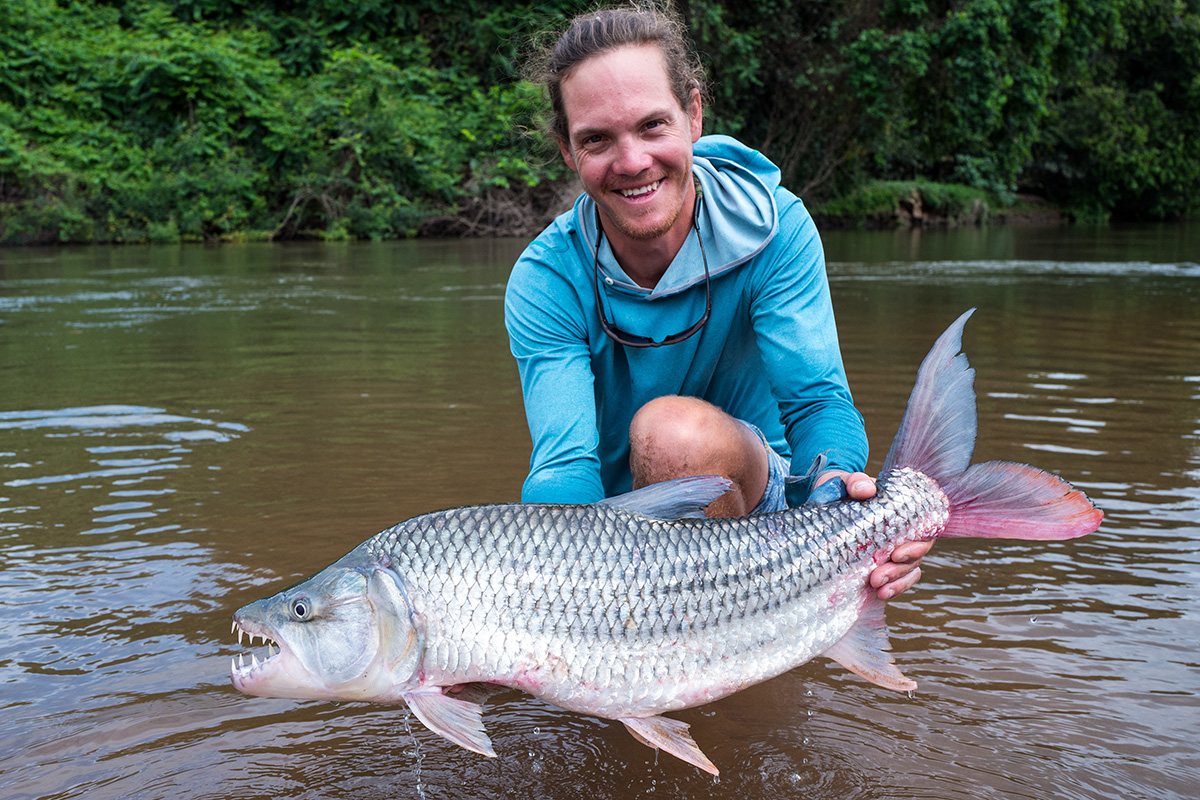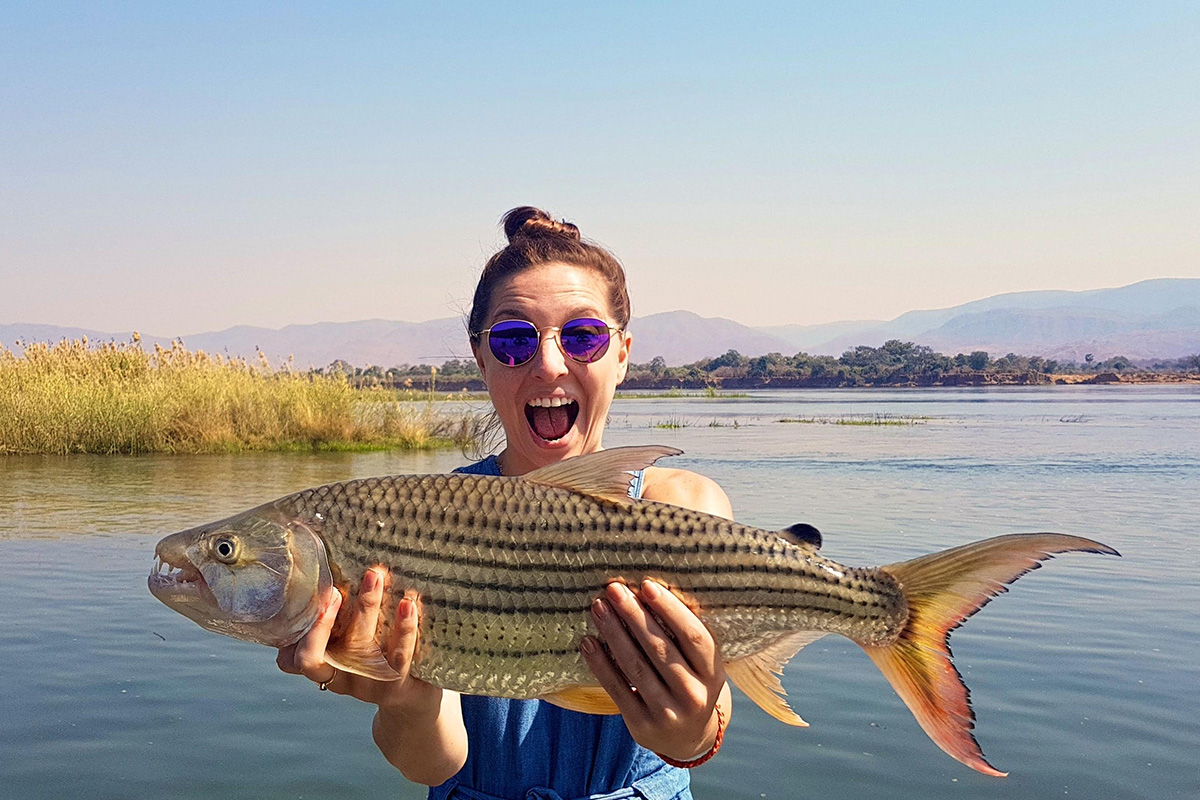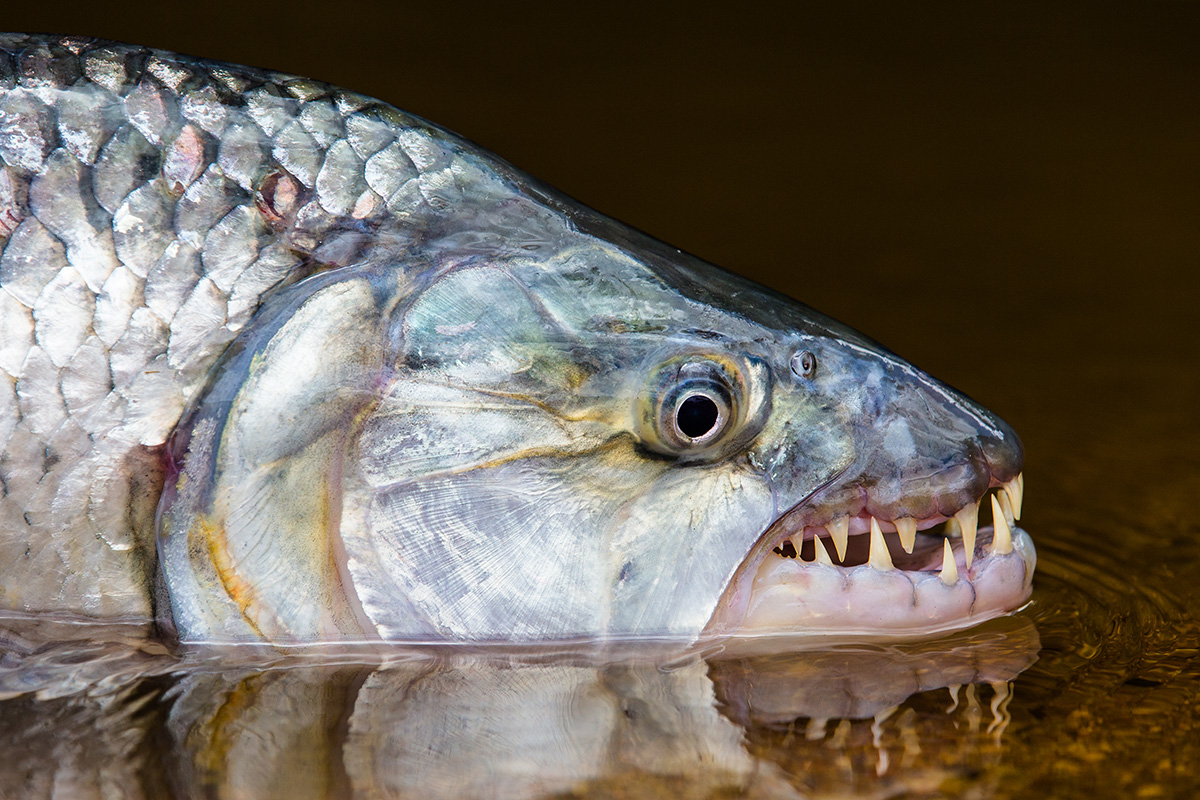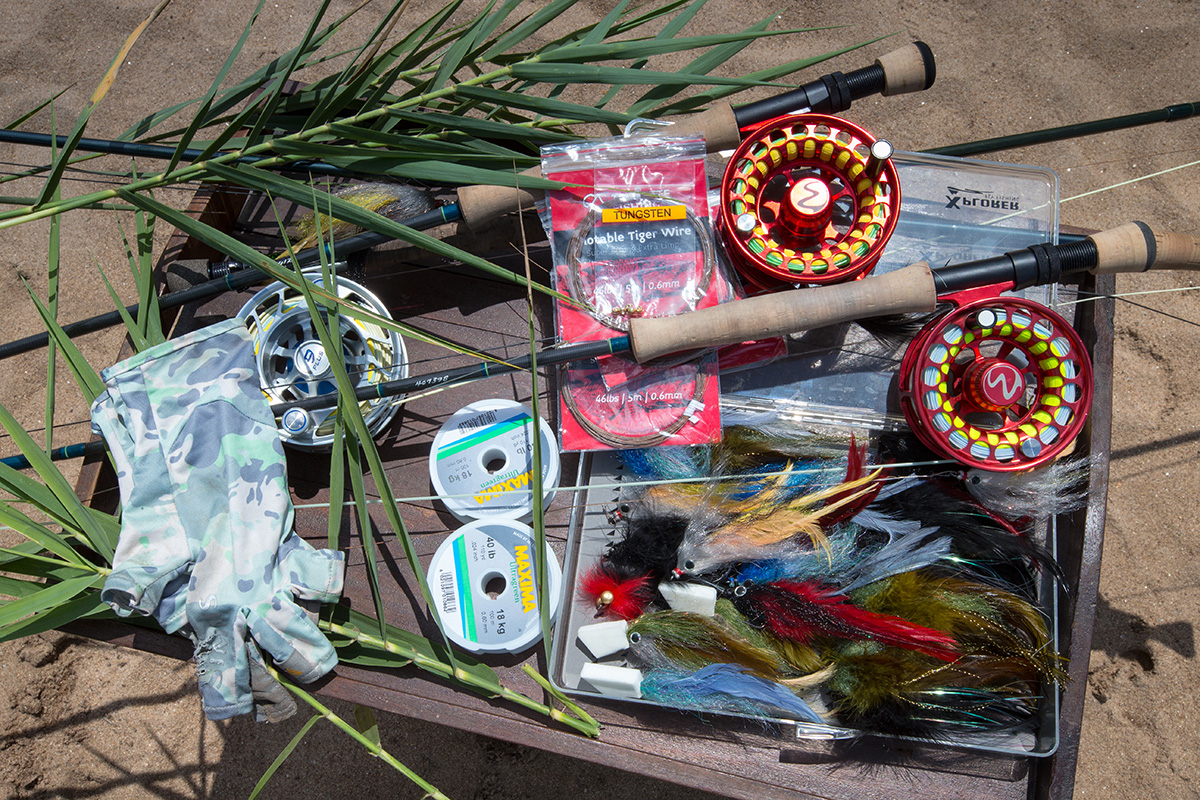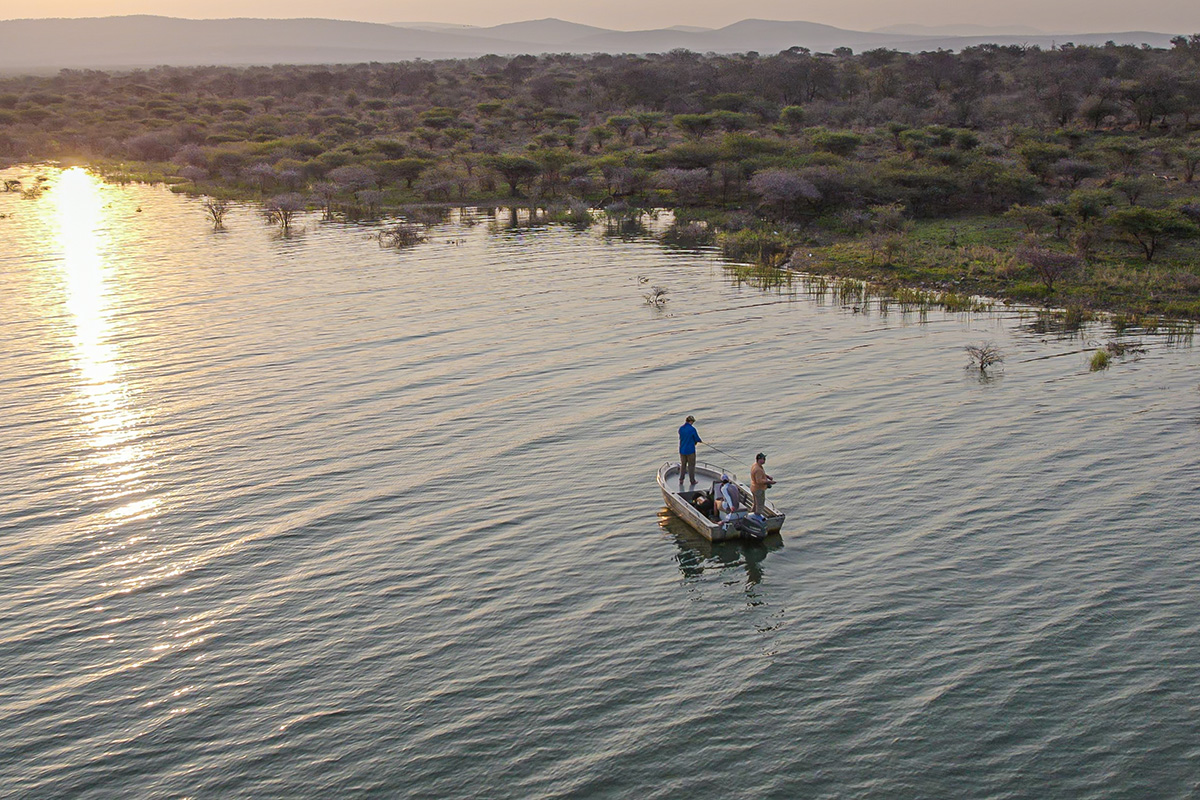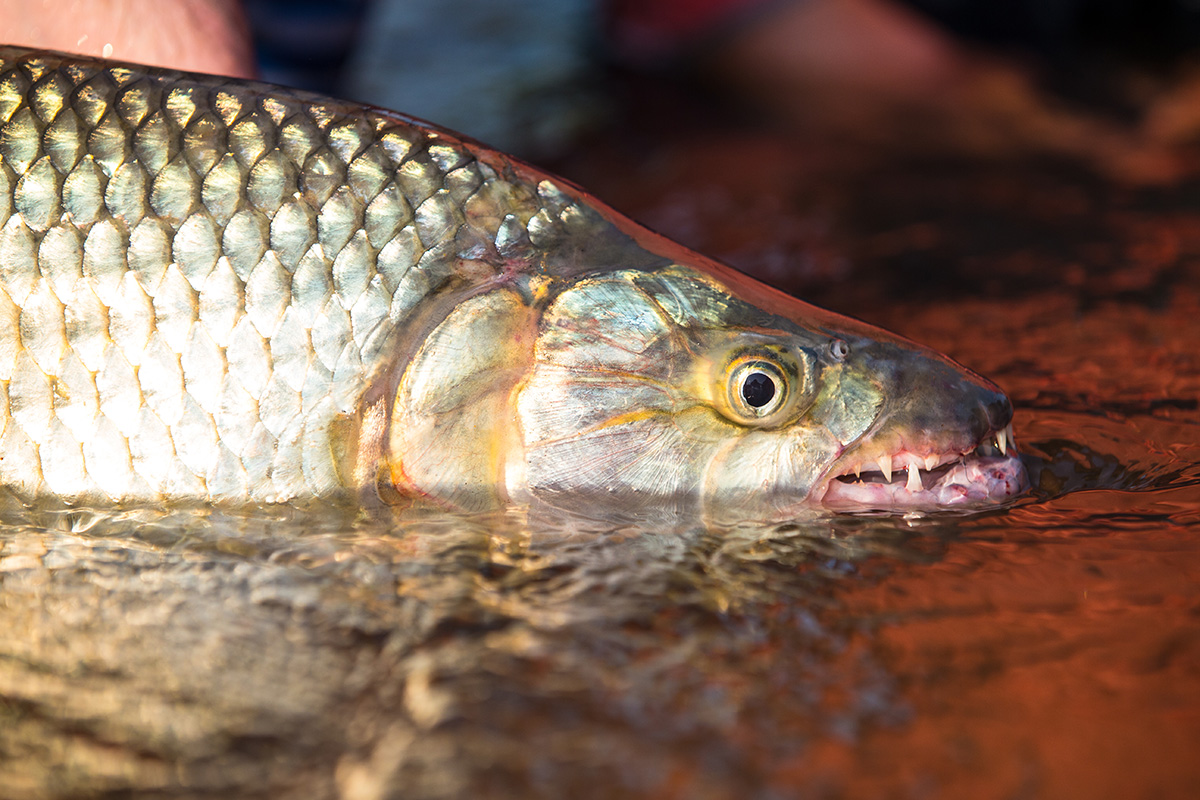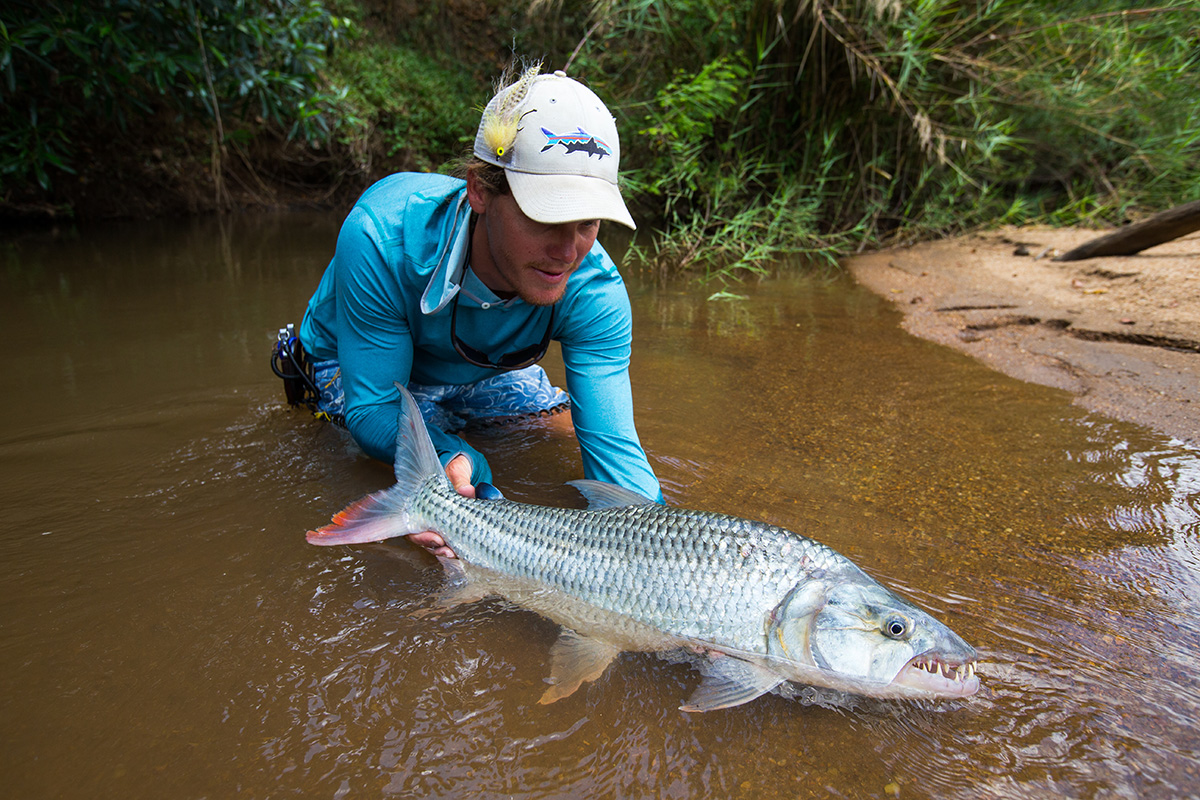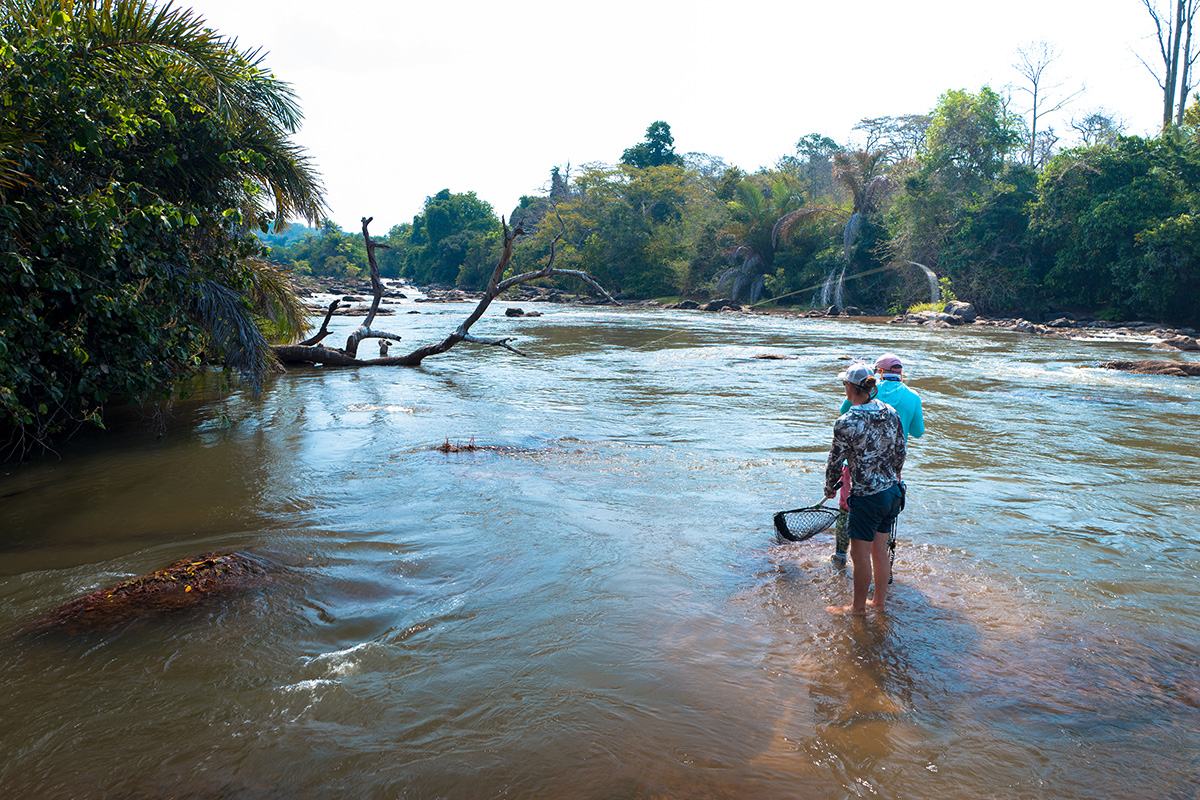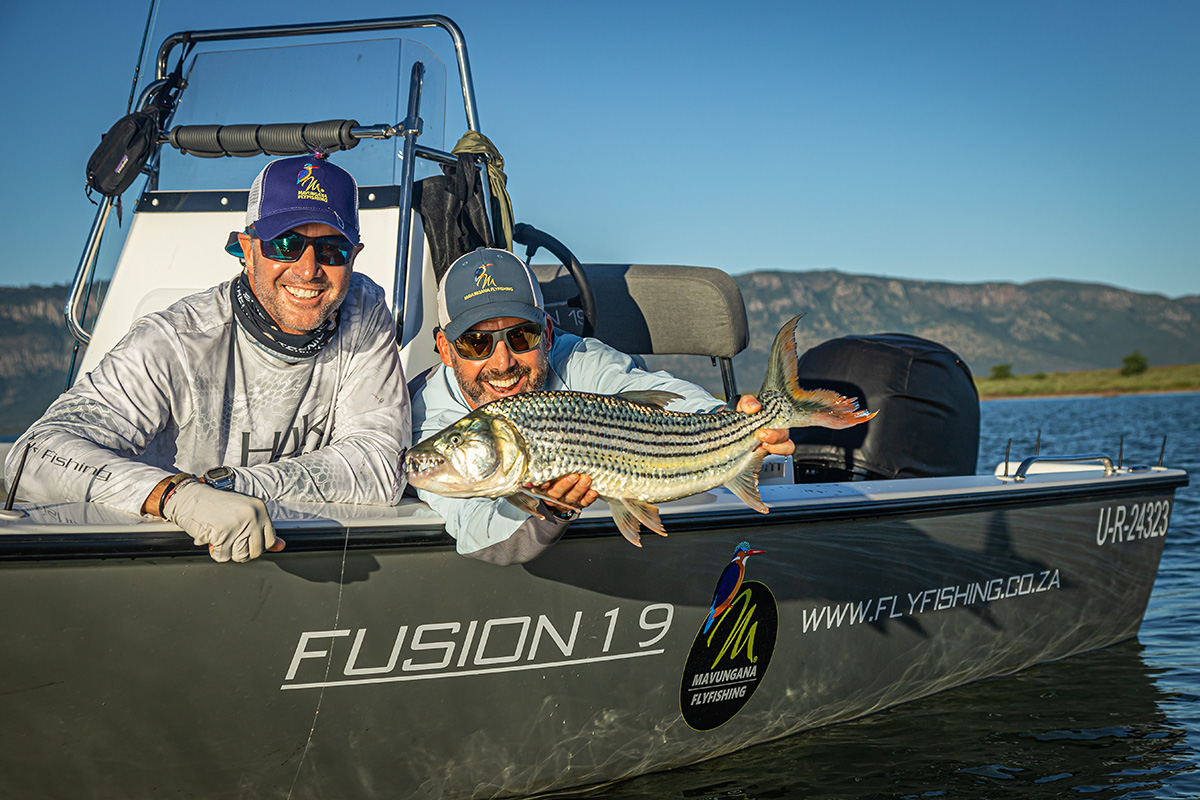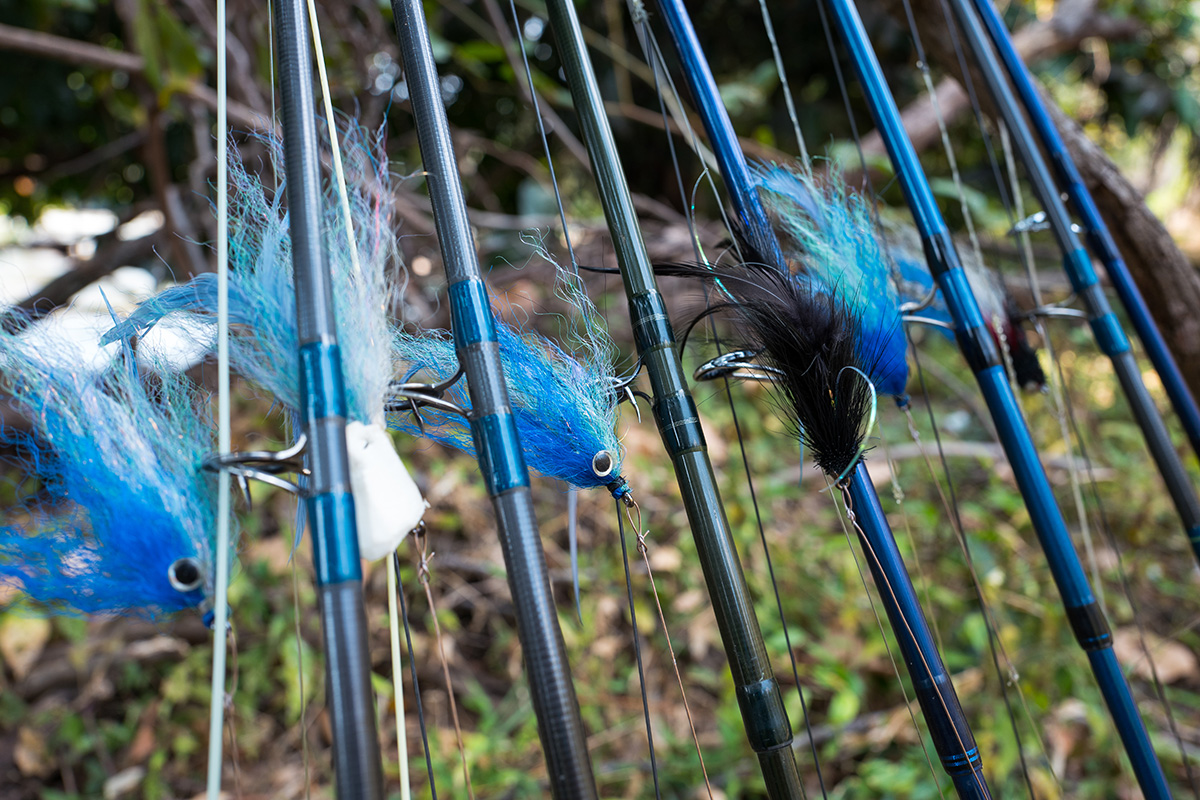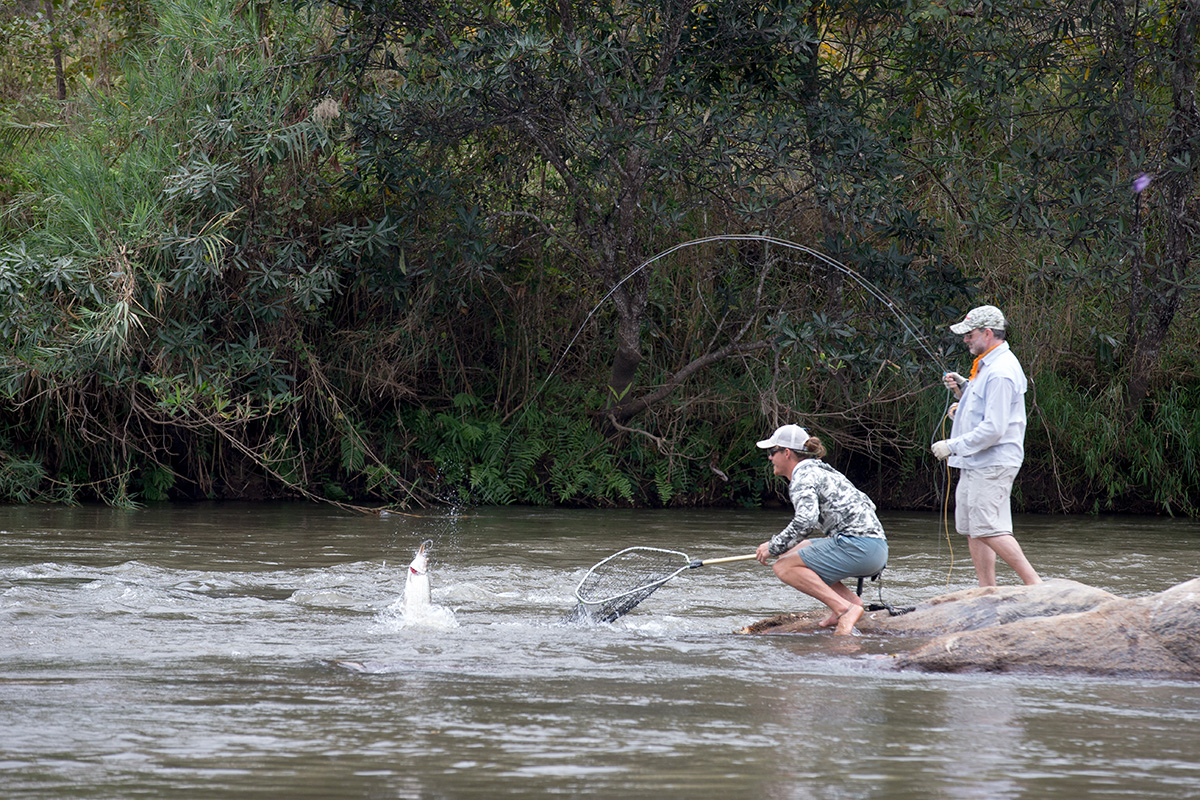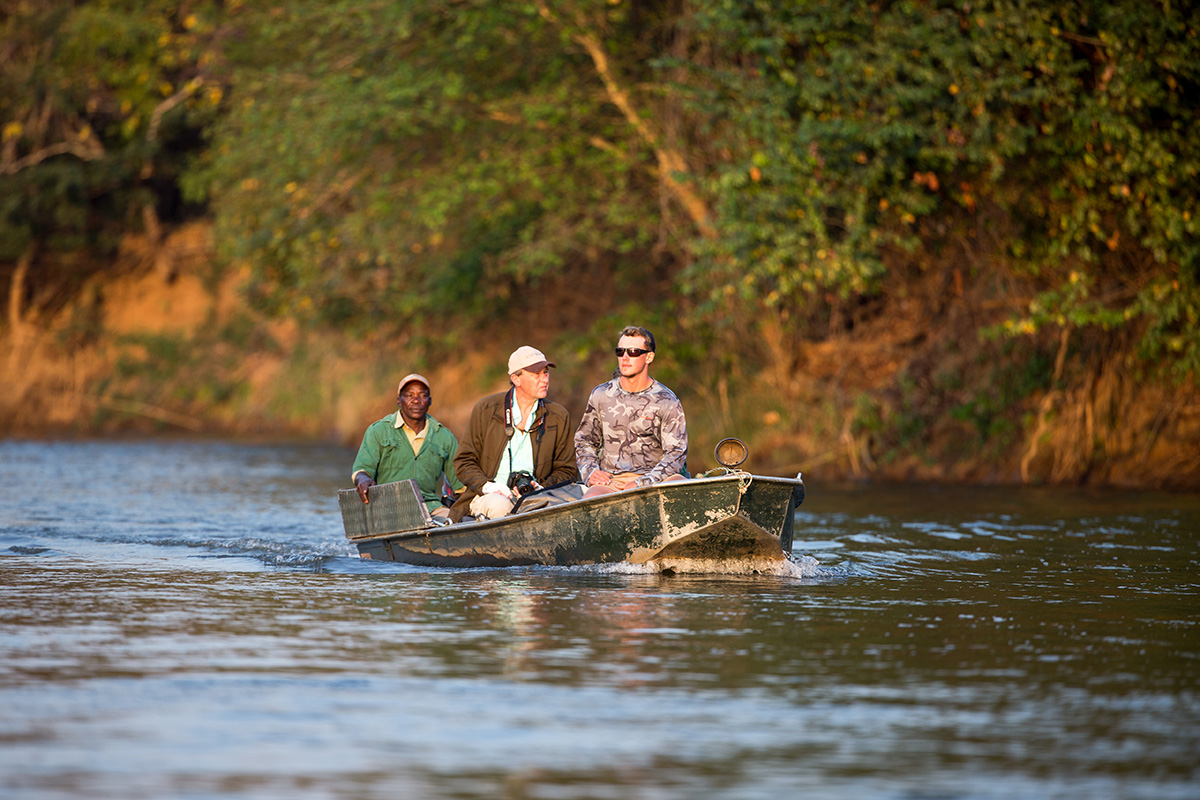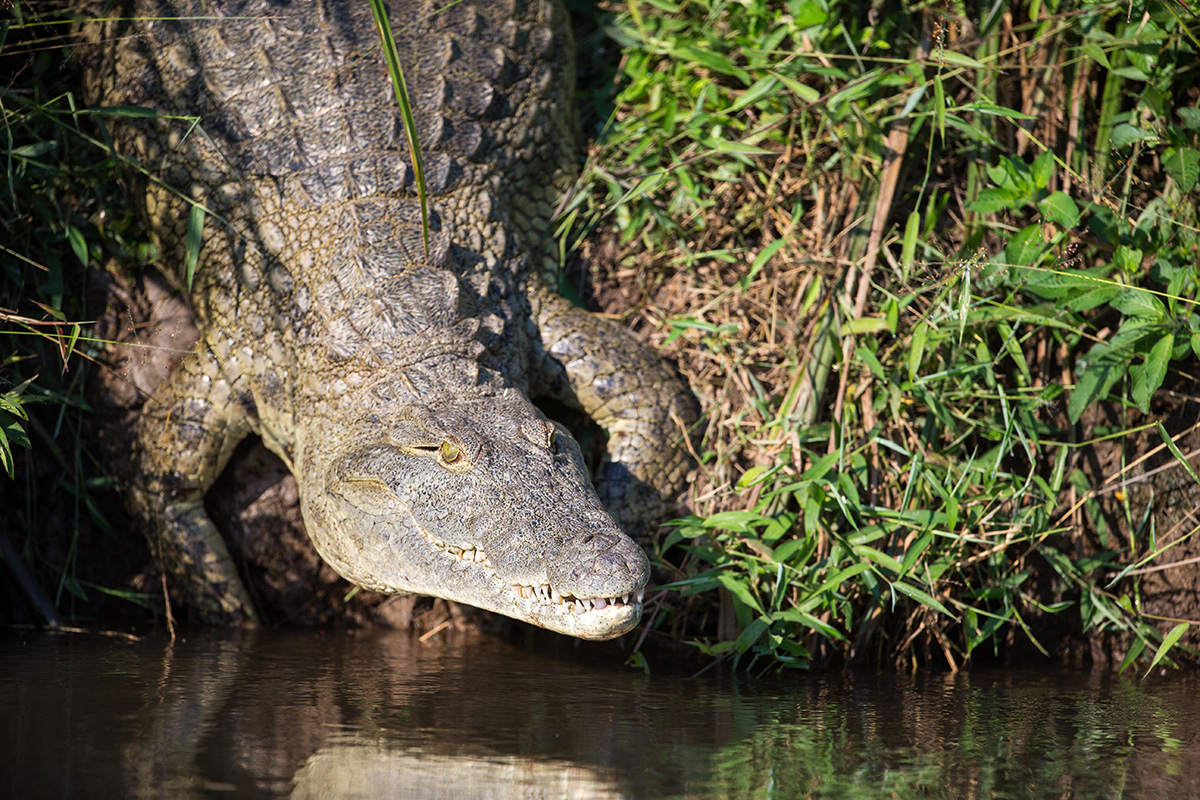Fly Fishing for Tiger Fish: Essential Gear Guide
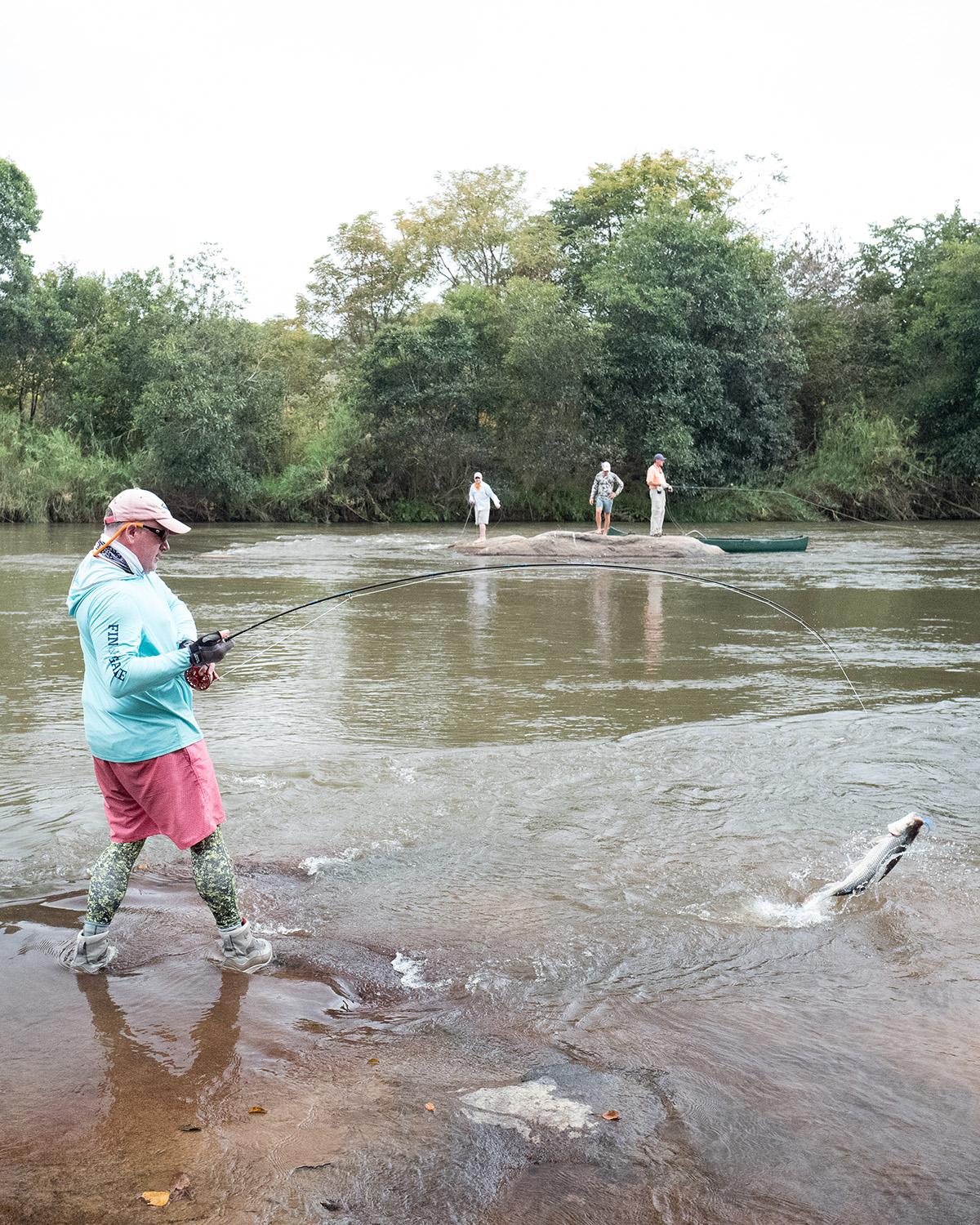
Tiger Fish are the stuff of fly-fishing legend: explosive takes, violent head shakes, and rows of razor-sharp teeth that can part a leader in an instant. Native to sub-Saharan Africa’s great rivers and lakes—from the Zambezi to the Okavango and the Mnyera—they’re a bucket-list species for any angler who likes their fishing wild, remote, and gear-intensive.
If you’re gearing up for your first trip to chase Tiger Fish—or looking to fine-tune your setup—this guide covers the essential equipment that will give you a fighting chance. Based on insights from our recent Field Experience podcast episode with fly fishing veteran Roddy Hall, we break down the rods, reels, lines, flies, and tactics you’ll need to be ready.
This isn’t your typical freshwater game. Tiger Fish demand gear that’s built for speed, power, and precision.
Listen to the full episode of The Field Experience podcast here.
The Rod: 8- or 9-Weight Fast Action
You’ll want a 9-foot, 8- or 9-weight rod with fast action and saltwater-grade strength. This is not the time to bring anything soft or forgiving—Tiger Fish will punish weak gear. You’re casting large flies on heavy lines and stripping fast, often in windy, wide-open terrain.
Roddy recommends going heavier in rivers like the Zambezi or Mnyera, where powerful currents and deep drop-offs require extra lifting power. In calmer waters like Pongola Dam, a 7-weight might suffice—but that’s the exception, not the rule.
Bring Two Rods: One rigged with a sinking line and a spare (broken rods are common) to rig with a floating or intermediate line to quickly adapt to different situations depending on where you are.
The Reel: Smooth, Simple, Strong
Tiger Fish don’t usually run deep into your backing, but they do hit fast and hard. A smooth drag is critical for controlling that initial burst and for keeping fish pinned when they jump.
- Use a large arbor reel with a sealed drag system.
- Spool it with 30 lb backing—not because you’ll need the length, but for strength and peace of mind.
The Line: Match the River, Not the Fish
Tiger fisheries are diverse. You might be targeting suspended fish in slack water, stripping streamers over submerged trees, or trying to punch through reeds into tight ambush zones.
- Fast sinking lines Tropical lines such as 300 grain or 350 grain sinking heads. The go-to for most rivers and deep lies.
- Intermediate lines: Ideal for shallower or slower water, especially lakes.
- Floating lines: Useful in certain systems like Tanzania’s Mnyera River, where topwater action can be shockingly good.
Roddy prefers longer sinking heads: “It’s about keeping the fly in the zone longer. Sometimes those fish want the fly deep and fast.”
Leaders & Wire: Go Short, Go Strong
Don’t mess around here. Wire is mandatory.
- Leader: 6–8 feet of 20–30 lb mono, long enough for turnover.
- Wire tippet: 8–10 inches of single- or multi-strand wire (25–40 lb). Piano wire is still popular, but nylon-coated knottable steel trace is now favoured by many African guides.
Roddy’s advice: Never let your wire get too short. One lapse in discipline can cost you the fish of the trip.
Flies: Flash, Movement, and Durability
Tiger Fish are triggered by movement, contrast, and light. They don’t sip—they slam.
Go-To Patterns:
- Clousers (heavily weighted)
- Brush flies
- Deceivers, baitfish imitations
- Topwater poppers and foam sliders (especially in Tanzania)
Productive Colors:
- White/Red
- Blue/Black
- Chartreuse/Olive
- Ask the lodge: Many have preferred local combinations
Expect follows. Expect refusals. But when they hit, they mean it. And they often come back for a second shot.
Accessories & Tools
Essentials
- Hook sharpener: Their mouths are bone-hard—dull hooks cost fish.
- Gloves or landing grip: For handling and safe wire management.
- Heavy-duty nippers and pliers: Especially for adjusting wire and removing hooks from big fish.
- Waterproof bag: Spray is constant. Hippos are real.
- Sunglasses and buffs: Africa’s sun is intense.
Optional but Smart
- Back-up fly lines and leaders
- Spare rod or rod tip
- Dry shirt and hat for midday sun
- Compact first aid kit
Prepare for More Than the Fight
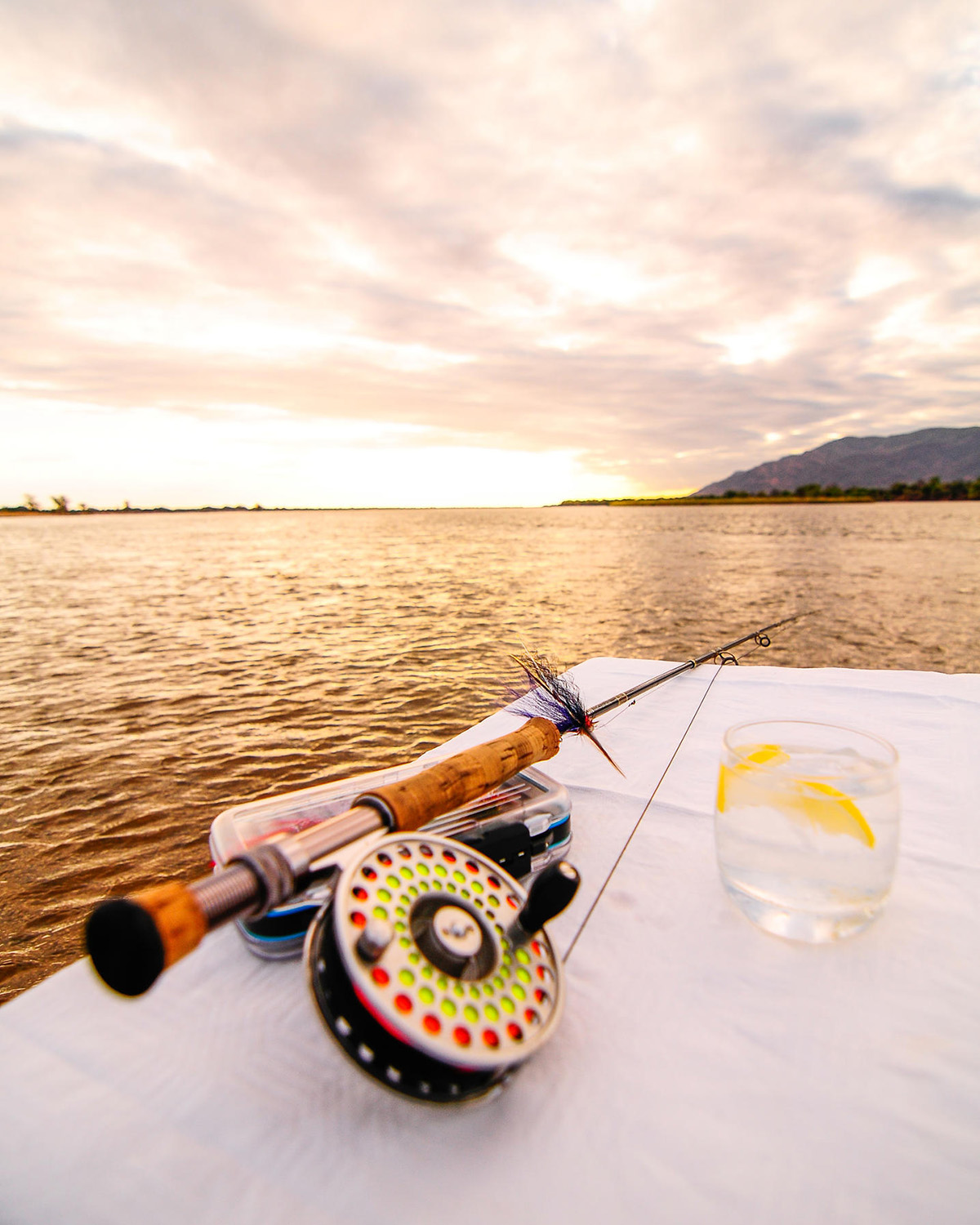
Tiger Fish demand the right tackle, but the trip is about more than just gear. This is wild Africa—you’ll be drifting past elephants, fishing under the calls of birds you’ve never heard, and casting in waters where predators lurk below and along the bank.
If you’d like to learn more about Tigerfishing in Africa, please contact Roddy Hall or Kathy Schulz.
Listen to the full episode of The Field Experience podcast here.




